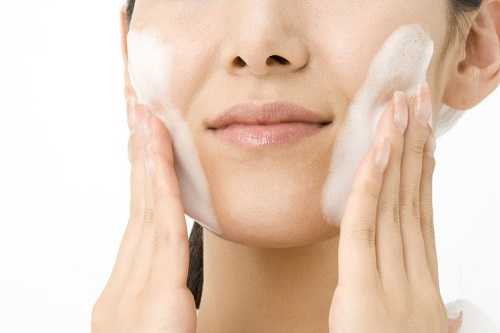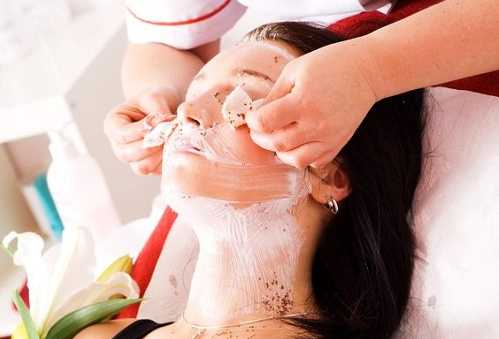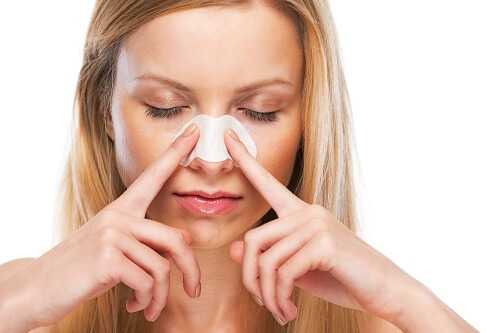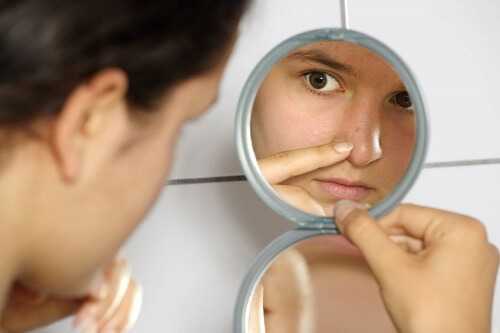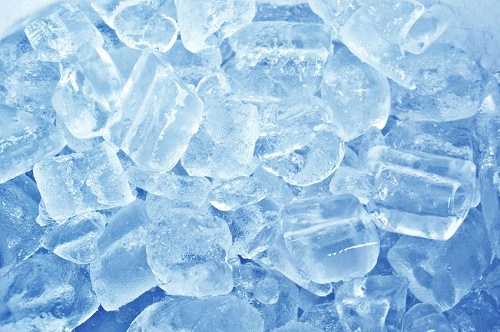Skin pores are actually just the outlet ducts for hair and sebum, which is just an oil that helps to prevent your skin from drying out. Pores are home to hair follicles and, as such, cover your body from head to toe (except the palms of your hands, the soles of your feet, your eyelids, and a few other limited areas.) The size of the pores on your body is determined by genetics, with some people having larger pores and some people having small pores.
Despite their genetic underpinnings, the appearance of pores is still influenced by environment. Notably, pores can stretch and thus appear larger than they otherwise might. Keeping pores relaxed and at their smallest size can go a long way to helping you avoid acne. Here are ten ways to minimize pore size.
1. Remove Debris
Debris, dead skin, and oil can get trapped in pores. Over time, the accumulation of this material can cause pores to stretch and thus make them more noticeable.
To reduce the amount of debris trapped in your pores, look for a cleanser that contains salicylic acid, which is particularly good at clearing away dead skin cells.
2. Exfoliate
Just like a good cleanser, exfoliation can remove debris and dead skin that would otherwise get trapped in your pores. The key to exfoliating is to do it daily. A gentle scrub with a warm wash cloth or other exfoliating agent will reduce pore size dramatically over time. After you exfoliate, be sure to apply a high-quality moisturizer to prevent inflammation and oil secretion as your skin attempts to replace lost oils.
Read also – 10 Tips for Dealing with Adult Acne
3. Don’t Touch
Our fingers are among our oiliest body parts, so touching your face frequently is simply adding more oil to the mix. Even more problematic is the fact that touching your face (or any part of your body) will stimulate the production of oil in that region. The more oil there is, the more likelihood it has of clogging your pores. Avoid touching any part of your body where you want to minimize pore size.
Read also – 10 Bad Beauty Habits You Should Break
4. Use Pore Strips
Pore strips are just pieces of cloth that you put on wet and let dry. When you peel them off, they pull dirt and dead skin off with them. They are usually targeted at problem regions like the nose, though you can use them anywhere. Pore strips can be purchased in just about any pharmacy or beauty aisle, but they can also be made at home. Use them daily to see the best results.
Read also – 10 Reasons to Pamper Yourself Monthly
5. Remove Blackheads
Blackheads and whiteheads are related in that both contain dead skin, oil, and bacteria. Whiteheads have a layer of living skin over them whereas blackheads do not. Blackheads appear as small, dark spots on your skin and are the first stage in the development of acne, so it is a good idea to remove them. Once they are gone, you’ll have visibly smoother skin.
Removing blackheads can be difficult and while careful cleansing will get rid of many of them, it won’t take care of them all. To remove blackheads, you can use one of the following techniques:
- Mix a tablespoon of honey with ½ teaspoon of cinnamon and dab it onto your skin. Rub the mixture around for three minutes and then wash it off with warm water.
- Create an egg white mask by applying a thin layer of egg white (no yolk) to your face and letting it dry. After fifteen minutes, when the mask feels tight, rinse it off with warm water.
- Purchase a cosmetic clay and follow the instructions to make a clay mask.
- Have a cosmetologist remove them for you. You’ll probably need a treatment every 2-4 weeks.
Read also – 10 Best Ways to Deal with Body Acne
6. Use a Pore Minimizer
Many cosmetic companies produce products designed to minimize pores. The specific product that works for you may be different that what works for others, so experiment with the options to find one that suits your needs. They are usually applied in the shower or right after, so they don’t take much time out of your routine.
Some people will use toners and astringents to minimize pores, both of which are fine and work well in certain cases. Take note, however, that both of these will dry your skin. Use a moisturizer any time your skin gets too dry to ensure that you don’t promote a state of inflammation, which can worsen acne.
Read also – 10 Beauty Tips for Using Apple Cider Vinegar
7. Wear Primer
Primers are designed to go onto the face before foundation. They help to keep makeup from seeping into pores, which has two benefits. First, your makeup will look smoother and more consistent.
More importantly, makeup is a great way to clog pores, so if you have to use it, at least use a primer to prevent it from seeping into your pores. If you feel comfortable doing so, cut back on the amount of makeup you wear.
Read also – 10 Weird Beauty Tips That Really Work
8. Steam Bath
Boiling a pot of water on the stove and the putting your face directly over it for fifteen minutes or so is a great way to help open your pores.
When you are done, rinse your face with clean water and pat it dry with a soft cloth. You can also use the steam bath as a preparation to more radical cleansing procedures, like blackhead removal.
Read also – 10 Great Beauty Habits to Try
9. Stay Hydrated
Water will keep your skin healthy and moist, but it will also ensure that your cells are plump and not dehydrated. Dehydrated cells shrink a little, which can open up pores and make them more noticeable.
Read also – 9 Best Fruits and Vegetables You Can Add to Your Water
10. Ice
This tip is only to be used in a pinch, such as when you want to apply sunblock or you just need to look great for a photo. Ice will shrink your pores and thus prevent sunblock from entering. The effect will last anywhere from a few seconds to a few minutes.
Of course, you can’t use this technique all of the time and you need to ensure you aren’t creating blockages by using it when you are sweaty, after you have applied makeup, etc.
If the above tips don’t do much for you or you feel you need a little professional help, then consider consulting with a dermatologist. They can offer treatments that exfoliate the skin with chemicals and with light, both of which are highly effective. Professional treatment can be expensive, however, so see if the remedies above work for you first.


